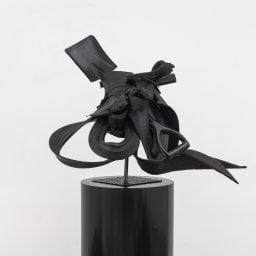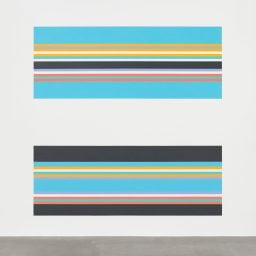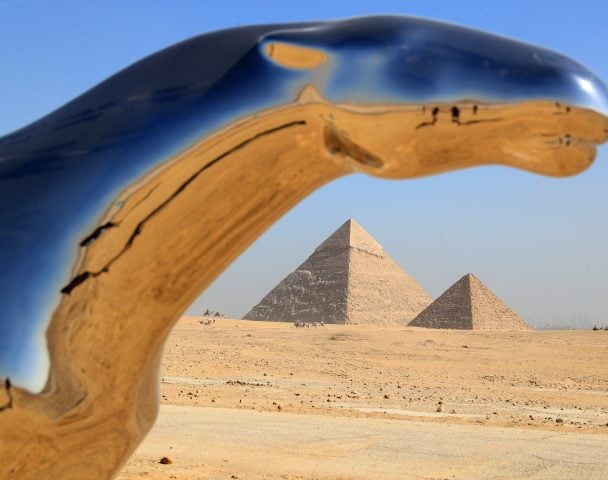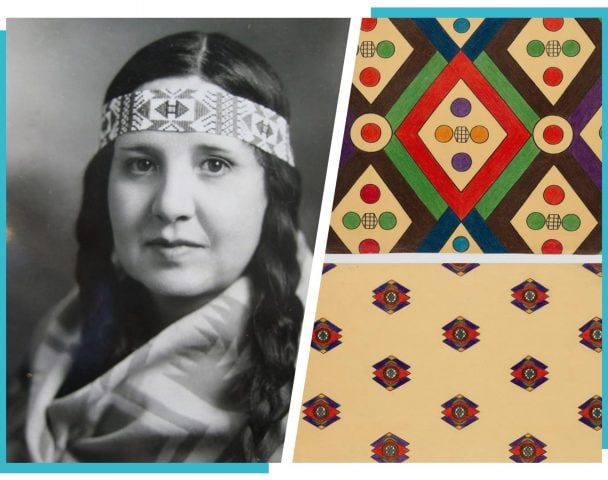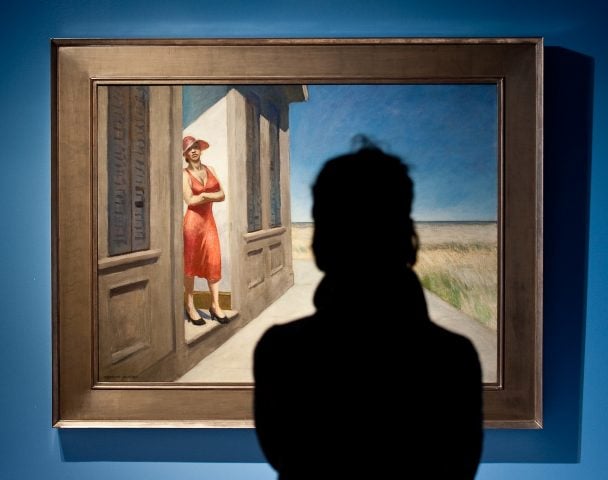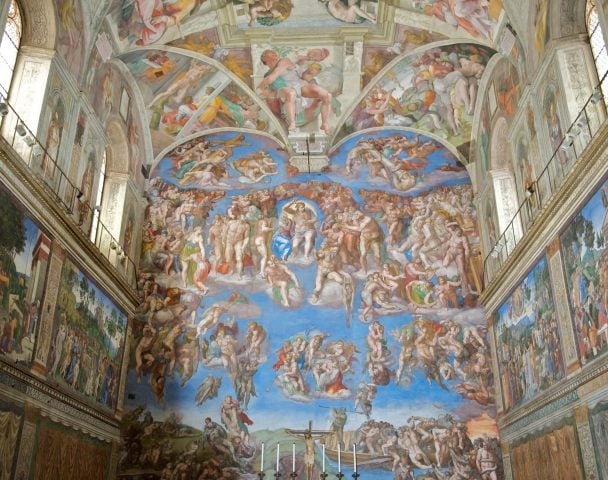Every month, hundreds of galleries add newly available works by thousands of artists to the Artnet Gallery Network—and every week, we shine a spotlight on one artist or exhibition you should know. Check out what we have in store, and inquire for more with one simple click.
About Villa Haiss: Villa Haiss, a museum and gallery for contemporary art, has a dynamic history that spans decades, cities, and continents. Art dealer Walter Bischoff initially founded his eponymous gallery in Chicago, Illinois, in 1984, with an inaugural exhibition of work by Polish painter Edward Dwurnik, heralding the opening of the only gallery dedicated to contemporary European art in the city at that time. The gallery initially concentrated specifically on German and Eastern European art, with the aim of both introducing and establishing the genre in the United States. Over the following decade, the gallery relocated to Stuttgart and Berlin, and increasingly expanded its focus to international art and artists. In the 1990s, Bischoff renovated and reappointed the historic Villa Haiss building in the city of Zell am Harmersbach, Germany, situated within the Black Forest, and ideally located between the cities of Basel, Switzerland, Strasbourg, France, and Karlsruhe, Germany. Villa Haiss was officially opened in 1997 with a show of work by Art Informel artist K.R.H. Sonderborg. Today, it is the only art space of its kind in the region and offers a combination of dynamic temporary shows and programming and collection exhibitions.
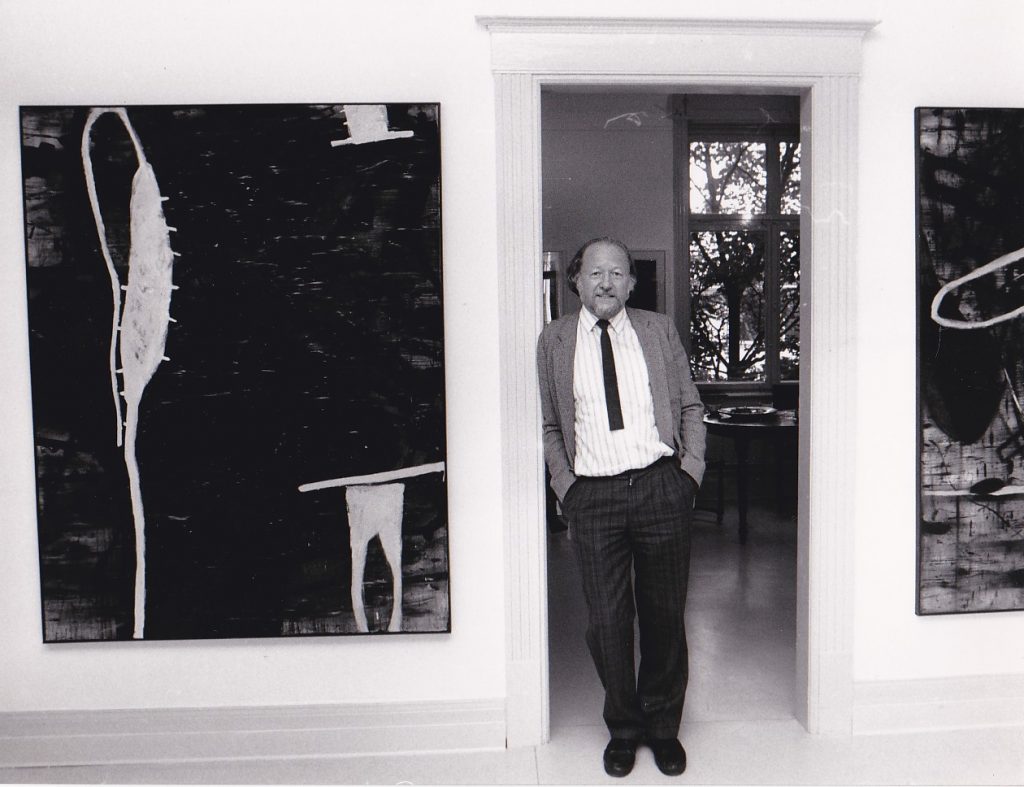
Founder Walter Bischoff at his eponymous gallery, Stuttgart (1995), showing and exhibition by Adochi. © Villa Haiss.
What You Need to Know: Following a nearly two-year closure, Villa Haiss reopened to the public in September of 2022, unveiling a permanent exhibition featuring a broad range of art illustrating the gallery’s focus: “International Art after ’45.” Comprised of more than 80 artworks, the exhibition highlights abstract painting, European post-war art, and Art Informel, as well as contains examples of contemporary photography, Eastern European and East Asian art, as well as a dedicated space for sculpture. Featuring artists such as Heinz Mack, Otto Piene, and Jean Miotte, the permanent exhibition too offers a glimpse into the rich and varied history of both Villa Haiss as Walter Bischoff Gallery, as many of the artists represented have had personal, long-term relationships with Bischoff and have been shown by the gallery before. Ultimately, the permanent exhibition too acts as a strong underpinning for the two additional temporary exhibition spaces—where one typically shows established artists and the other younger, emerging artists—offering visitors to Villa Haiss a comprehensive and cohesive art viewing experience.
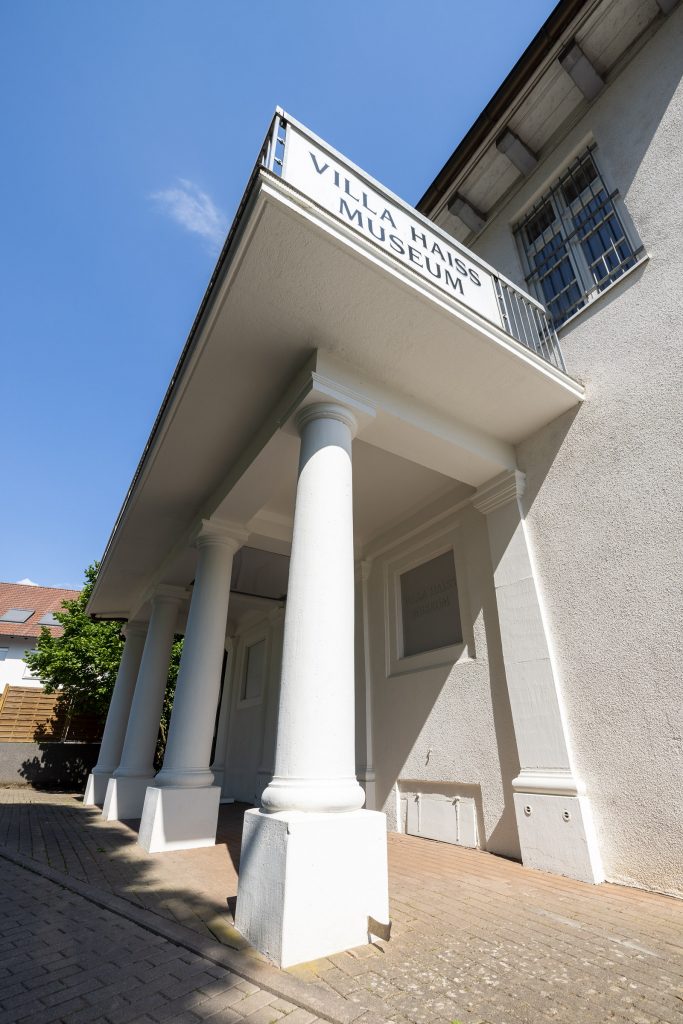
Villa Haiss, Museum and Gallery for Contemporary Art. © Villa Haiss. Photo: N. Kazakov.
Why We Like It: Villa Haiss is unique in that it seamlessly synthesizes the qualities of a traditional art museum with those of a modern art gallery, giving equal emphasis to both saleable shows as well as its long-term exhibition. Valuable for both collectors and art enthusiasts alike, “International Art after ’45” acts as a complement and keystone for the temporary exhibitions that offer new and thought-provoking presentations. The permanent exhibition is fully curated to allow viewers to explore and learn about significant 20th-century artists and movements. The first floor contains six themed galleries and a corridor, with the opening rooms dedicated to photography—with works by seminal photographers Thomas Ruff and Cindy Sherman among others—and a focus on the Zero art movement. Further, visitors can discover art from Nouveau Realisme, Abstract Expressionism, and Art Informel. The second floor highlights artists ranging from Lothar Quinte to He Jinwei, as well as presents sculpture by artists Stephan Balkenhol, Lluís Cera, and Bernard Venet. Together, the Villa Haiss’s permanent exhibition is a veritable jewel box of international modern and contemporary art, offering a glimpse not only into art history but the mission and endeavors of Villa Haiss overall—from its inception as a German gallery in the United States to its present as a museum and gallery in Germany’s Black Forest.
See inside the permanent exhibition below.
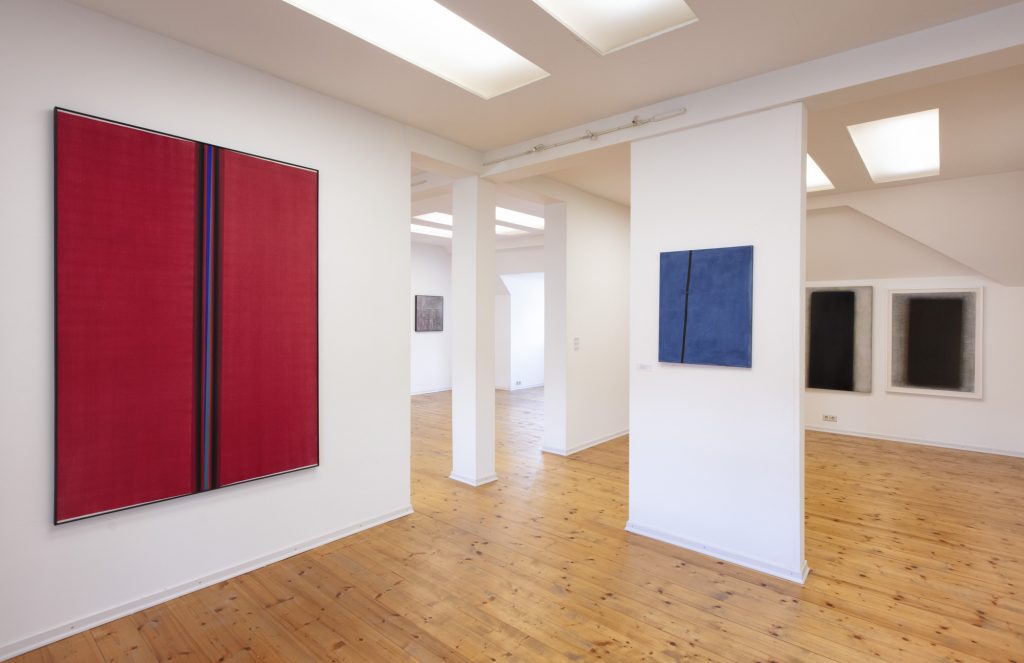
Installation view of Villa Haiss permanent exhibition with work by Lothar Quinte and Michael Danner. Photo: Johannes Richardt. © Villa Haiss.
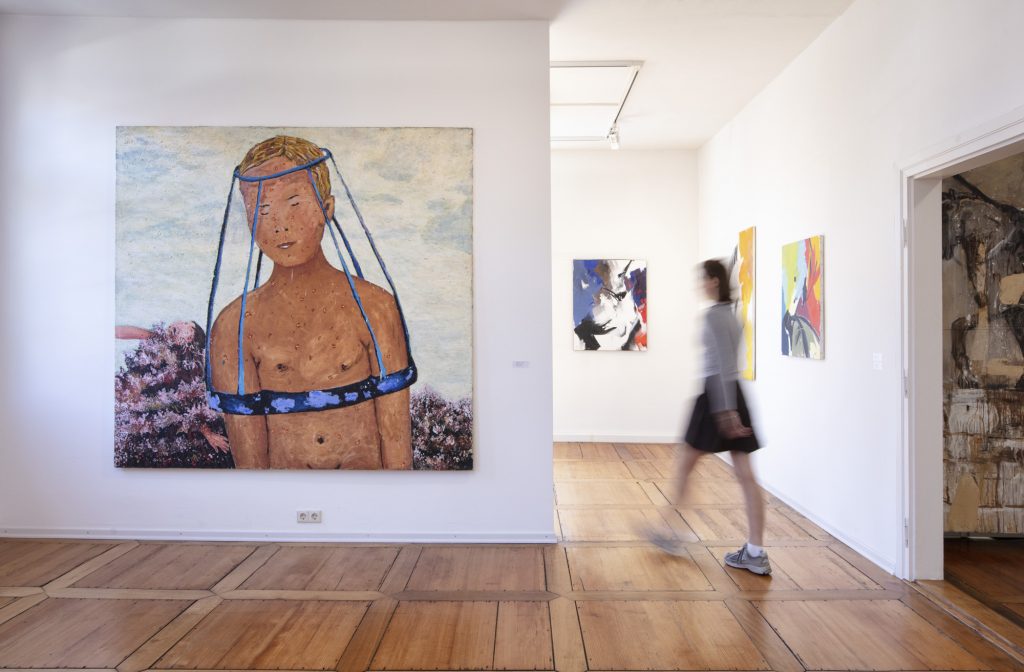
Installation view of Villa Haiss permanent exhibition with work by Hans Peter Adamaski and Jean Miotte. Photo: Johannes Richardt. © Villa Haiss.
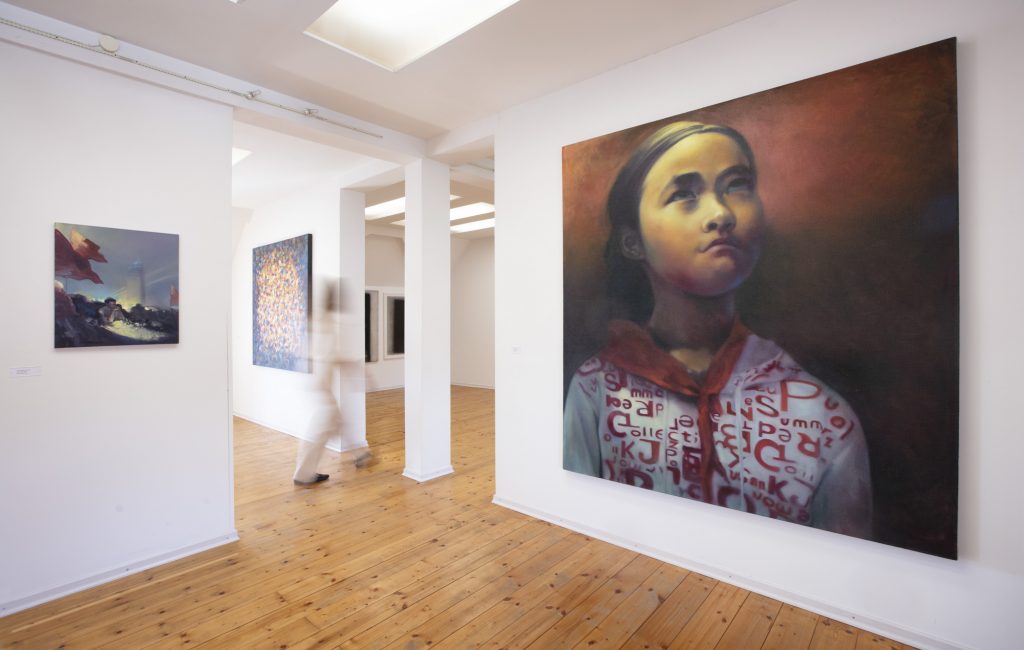
Installation view of Villa Haiss permanent exhibition with work by He Jinwei and Joachim Hiller. Photo: Johannes Richardt. © Villa Haiss.
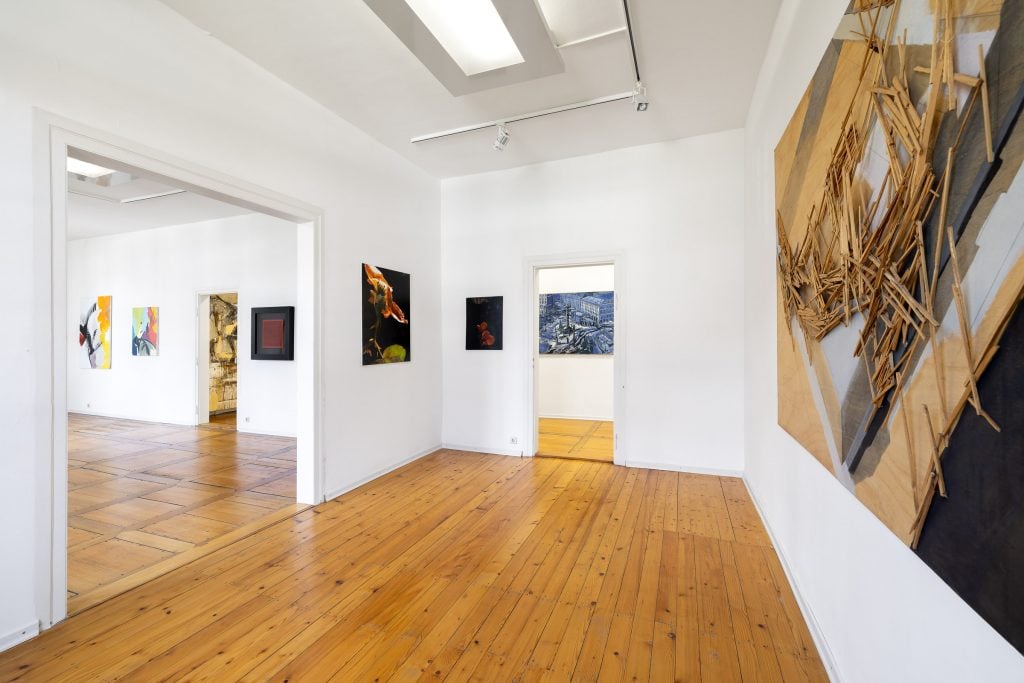
Installation view of Villa Haiss permanent exhibition with work by Tadashi Kawamata, Edward Dwurnik, Chaseok Jeoung, Jean Miotte, and Bernard Aubertin. Photo: N. Kazakov. © Villa Haiss.
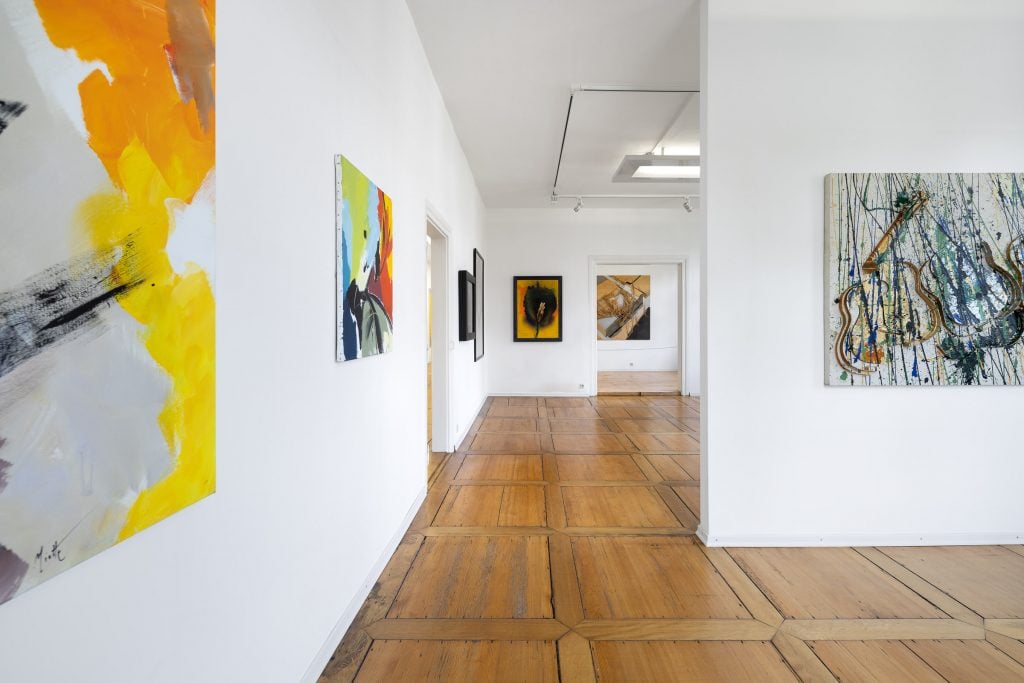
Installation view of Villa Haiss permanent exhibition with work by Jean Miotte, Arman, and Otto Piene. Photo: N. Kazakov. © Villa Haiss.
Learn more about Villa Haiss and current programming here.











